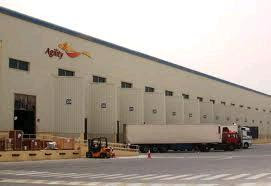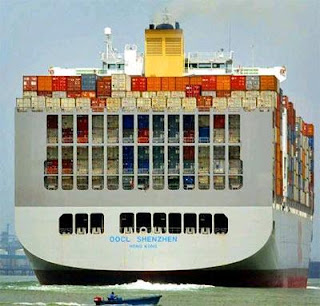Classification of Goods

All goods imported into or exported out of this country must be correctly classified at the time of import or export based on the Malaysian Customs Tariff Heading Numbers. All inquiries on the classification of goods imported or exported should be directed to the Customs station through which the goods are to be imported or exported together with the sample whenever possible and the relevant documentation related to it. The following particulars that are required are: Name of the Product Brand Trade Name (if possible/any) Country of Origin Composition (if any) Packaging Type at the Time of Import (if any) Usage If dispute arises between the Customs and the importer or exporter as to the accurate classification of the goods imported/exported, the dispute will be referred by the Customs station to: Ketua Pengarah Kastam Cawangan Tarif dan Penjenisan Tingkat 3A Blok 11, Kompleks Pejabat-pejabat Kerajaan Jalan Duta 50596 Kuala Lumpur, for the final decision and ruling on the classification...


















